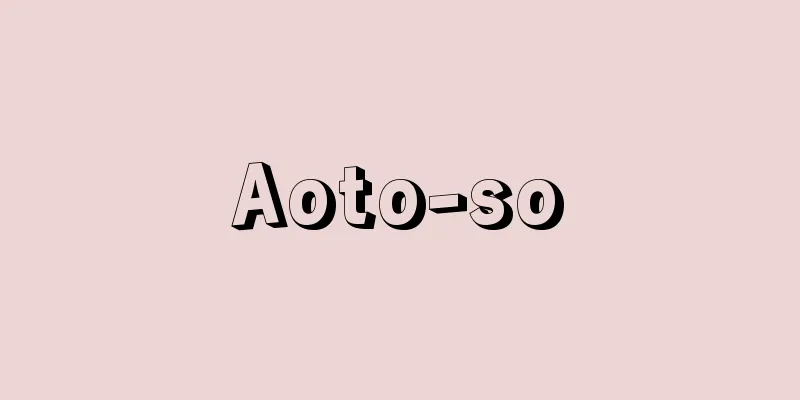The Ashida Hitoshi Cabinet - Ashida Hitoshi Cabinet

|
(March 10, 1948 - October 15, 1948, Showa 23) [Akira Miyazaki] "Tomita Nobuo, 'Ashida Administration: 223 Days' (1992, Gyoken)" [References] | | |Source: Shogakukan Encyclopedia Nipponica About Encyclopedia Nipponica Information | Legend |
|
(1948.3.10~1948.10.15 昭和23) [宮﨑 章] 『富田信男著『芦田政権・二二三日』(1992・行研)』 [参照項目] | | |出典 小学館 日本大百科全書(ニッポニカ)日本大百科全書(ニッポニカ)について 情報 | 凡例 |
<<: Acidanthera bicolor - Acidanthera bicolor
Recommend
Sponde, J.de (English spelling) SpondeJde
…His roar, his shrill cry, heard in the silence o...
Metallography
Metallography is the study of the internal structu...
general union
...General unions have expanded into areas where ...
series integral (English spelling)
...A compositional technique that was widely used...
Kangensai - Orchestra Festival
Kangen music is often played at Shinto rituals, b...
Porro's operation (English)
...These include narrow pelvis, fetal head-pelvic...
Canadian Broadcasting Corp.
In 1951, the Massey Report, named after V. Massey...
Juana (English spelling)
1479‐1555 Juana la loca, popularly known as the Ma...
Bray, CW (English spelling)
...For complex sounds, many elastic peaks occur a...
Investment Law - Inbesutome toho
…It is often used for casting non-ferrous alloys....
Pressure therapy (acupressure) - Appakuho
...It incorporates the theories of Judo and moder...
Chapí, R.
...Zarzuela was forgotten for a time due to the p...
Izumi Sensuke
...It is a disease similar to scarlet fever, and ...
Eurocommunism - Eurocommunism (English spelling)
A general term for the revolutionary line, polici...
Musashino Line - Musashino Line
The name of the East Japan Railway Company's ...









